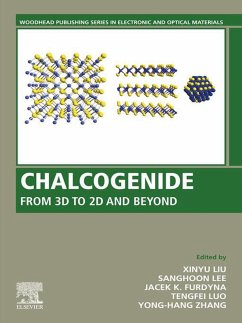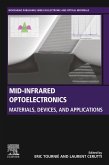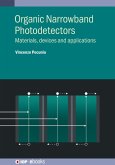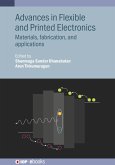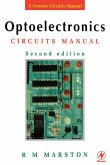Chalcogenide: From 3D to 2D and Beyond reviews graphene-like 2D chalcogenide systems that include topological insulators, interesting thermoelectric structures, and structures that exhibit a host of spin phenomena that are unique to 2D and lower-dimensional geometries. The book describes state-of-the-art materials in growth and fabrication, magnetic, electronic and optical characterization, as well as the experimental and theoretical aspects of this family of materials. Bulk chalcogenides, chalcogenide films, their heterostructures and low-dimensional chalcogenide-based quantum structures are discussed. Particular attention is paid to findings that are relevant to the continued search for new physical phenomena and new functionalities.
Finally, the book covers the enormous opportunities that have emerged as it has become possible to achieve lower-dimensional chalcogenide structures by epitaxial techniques.
Finally, the book covers the enormous opportunities that have emerged as it has become possible to achieve lower-dimensional chalcogenide structures by epitaxial techniques.
- Provides readers with foundational information on the materials growth, fabrication, magnetic, electronic and optical characterization of chalcogenide materials
- Discusses not only bulk chalcogenides and chalcogenide thin films, but also two-dimensional chalcogenide materials systems
- Reviews the most important applications in optoelectronics, photovoltaics and thermoelectrics
Dieser Download kann aus rechtlichen Gründen nur mit Rechnungsadresse in A, B, BG, CY, CZ, D, DK, EW, E, FIN, F, GR, HR, H, IRL, I, LT, L, LR, M, NL, PL, P, R, S, SLO, SK ausgeliefert werden.

